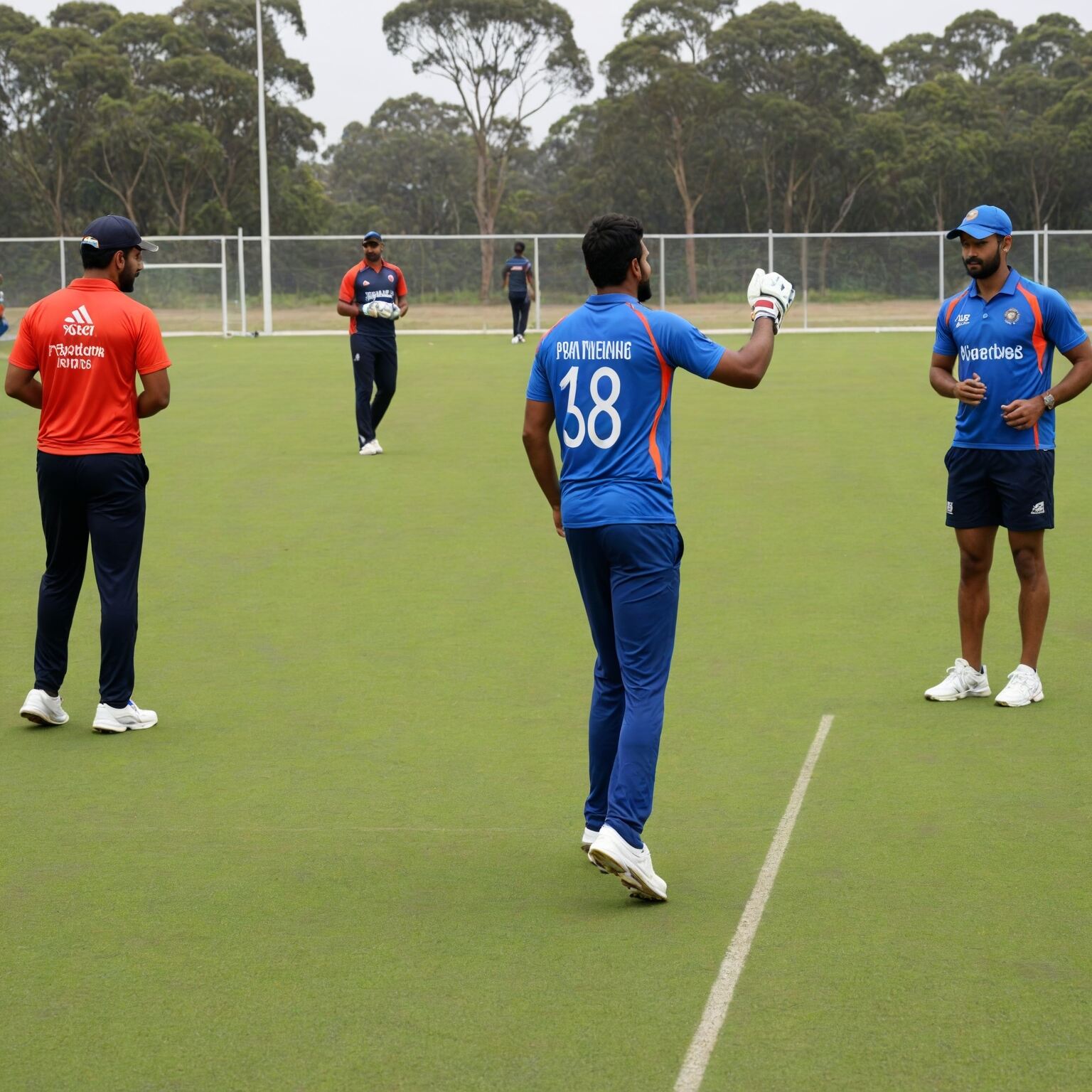Introduction
In the hyper-intensity of global T20 cricket, staying fit and avoiding accidents is paramount for maximum overall performance. Delving into the intricacies of physical health, mental health and strategic injury prevention, we aim to equip cricketers with the understanding needed to excel in this demanding sport.
The Importance of Physical Fitness
Strength and Conditioning
Effective performance and conditioning programs are critical to increasing a cricketer’s overall performance and reducing the likelihood of injury. Areas of interest include:
- Core Stability: Strengthening the core muscle tissues improves stability and reduces the risk of repeated accidents.
- Upper Body Strength: Essential for powerful batting and bowling.
- Lower Body Power: Increases speed and agility which is essential for fielding and short singles.
Cardiovascular Fitness
Robust cardiovascular equipment helps maintain performance and allows players to maintain high performance at a certain stage of the match. Recommended sports include:
- Interval Training: Mimics the stop-start nature of T20 cricket.
- Long-Distance Running: Builds overall stamina.
Flexibility and Mobility
Incorporating sports activities focused on flexibility and mobility into training routines will make it easier for you to save muscle footprints and improve the variety of movement. Key sports include:
- Dynamic Stretching: Prepares muscles for intense activity.
- Static Stretching: Helps in muscle recovery post-match.
Common Injuries and Prevention Strategies
Hamstring Strains
Hamstring strains are common among cricketers due to unexpected sprints. Prevention consists of:
- Proper Warm-Up: Engaging in dynamic stretching before the game.
- Strengthening Exercises: Focus on hamstring curls and lunges.
Shoulder Injuries
Shoulder injuries, especially in pitchers, can be alleviated by:
- Rotator Cuff Exercises: Strengthening these muscles helps stabilize the shoulder.
- Proper Technique: Ensuring correct bowling action to reduce strain.
Lower Back Pain
Lower extremity pain is often caused by the repetitive motions of bowling and batting. Preventive strategies consist of:
- Core Strengthening: Enhancing abdominal and back muscles.
- Proper Posture: Maintaining correct form during play.
Stress Fractures
Stress fractures, especially in fast bowlers, can be prevented by:
- Gradual Load Increase: Slowly increasing training intensity.
- Adequate Rest: Ensuring sufficient recovery time between matches.
Nutrition for Optimal Performance
Balanced Diet
A balanced weight reduction plan provides the necessary vitamins for strength and recovery. The key components consist of:
- Carbohydrates: For sustained energy.
- Proteins: Essential for muscle repair and growth.
- Fats: Important for overall health and endurance.
Hydration
Maintaining proper hydration levels is vital, especially during long bouts in hot situations. Strategies include:
- Regular Water Intake: Drinking water consistently throughout the day.
- Electrolyte Solutions: Replenishing lost minerals during intense play.
Mental Well-Being and Focus
Stress Management
Managing stress is vital to maintaining awareness and overall performance. The techniques consist of:
- Mindfulness and Meditation: Helps in staying present and reducing anxiety.
- Positive Visualization: Boosts confidence and readiness.
Team Dynamics
Strong group dynamics enhance mental well-being and overall collective performance. Strategies include:
- Effective Communication: Encouraging open and positive dialogue.
- Team-Building Activities: Strengthening trust and camaraderie.
Recovery and Rehabilitation
Post-Match Recovery
Effective recovery protocols make certain players are ready for subsequent suits. Key factors encompass:
- Cool-Down Exercises: Gradual reduction in activity to prevent muscle stiffness.
- Massage Therapy: Helps in muscle relaxation and recovery.
Injury Rehabilitation
Proper rehabilitation is essential for a complete restoration and stopping re-damage. Steps include:
- Physiotherapy: Professional guidance for tailored rehabilitation programs.
- Gradual Return to Play: Ensuring complete recovery before resuming full activity.
Conclusion
By adopting a complete approach to health and injury prevention, T20 cricketers can enhance their overall performance and extend their careers. Prioritizing physical health, proper nutrients, intellectual well-being, and effective recovery strategies ensure players stay at the top of their game while minimizing the risk of injury.
